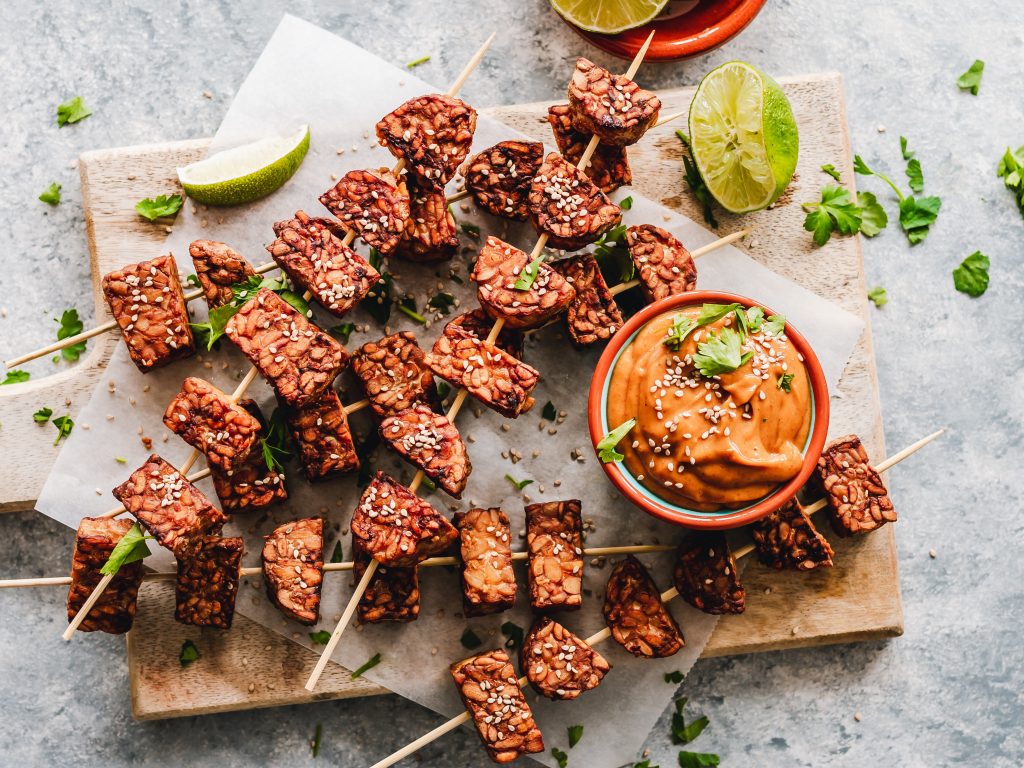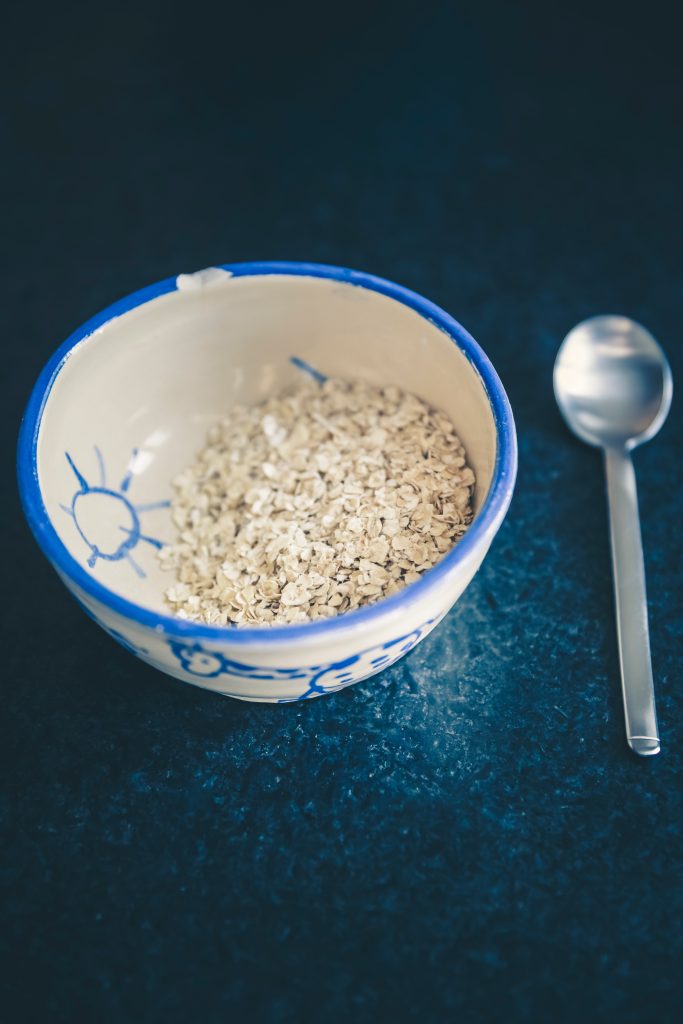Physical Address
304 North Cardinal St.
Dorchester Center, MA 02124
Physical Address
304 North Cardinal St.
Dorchester Center, MA 02124

A growing percentage of consumers are seeing meat intake negatively, and both nutritionists and climate experts are warning about the effects of the current high levels of meat consumption in many parts of the world. Vegan foods are much more sustainable than meat and have a number of health advantages. Here lists the top ten vegetarian meat substitutes.
Increasing numbers of consumers are raising concerns about eating meat and the impact of our diets on animals, the environment, and our health. The surging need for meat replacement also reflects this. Today, a variety of meat alternatives made from legumes, vegetables, grains, and other plant-based materials are available at all reputable supermarkets. Compared to meat, meat replacements provide a number of advantages. Burgers manufactured without meat, for instance, typically have fewer calories and less fat than their meat-based counterparts while still being devoid of cholesterol.
In Asia for generations, tofu has served as a traditional meat substitute and a staple food source. Particularly as a low-calorie source of protein, it is valued. Tofu is particularly adaptable because it readily takes in the flavors of marinades and seasonings. Today, tofu comes in a huge variety of flavors, including savory, smoked, and marinated variants that are flavored with different herbs and spices.

Soaked soybeans are used to make tofu, which is then prepared by blending the pureed beans with water. The stiff, fibrous components are then separated from the liquid portion of the puree using filtering. The liquid is then heated to just below boiling point and to curdle, which leads to the liquid to solidify. The process is much like that of cheese. The remianed solid material, also known as okara or soy, is then dried and utilized as cutlets while the tofu is turned into a specific shape.
Soy chunks and mince are made of dried soy, which when combined with water can be used in place of meat in practically any recipe. Most often, soy is offered for sale as cutlets, balls, or mince. Similar to tofu, marinades and spice blends can be used to create almost any flavor or scent. As a result, soy is perfect for vegetarian meatless dishes.
Traditional Indonesian meal known as tempeh is prepared from fermented soybeans. Similar to how cheese is made, the process of making tempeh makes use of unique bacterial techniques to make the protein in the beans more easily digestible by people. Tempeh is an excellent choice for a balanced diet because it typically contains 20% protein and has a high fiber content. When utilizing tempeh, there are no restrictions on one’s culinary inventiveness because of its adaptability.

Wheat has a protein called seitan. Seitan is a popular meat replacement which has been an attractive food in Asian cuisine, because it is simple to season, prepare, and has a consistency similar to meat. It is created by thoroughly washing wheat flour dough in water until just the wheat gluten remains after all the starch particles have been eliminated. The raw dough is boiled, baked, or steamed to give it a meaty texture. Numerous goods, such as cold cuts, sausages, and cutlets, include seitan. Seitan powder, which may be used to make vegan sausages or cold cuts at home, is widely and affordably available in many nations. Although it takes time, vital wheat gluten can be manufactured at home from wheat flour.
Lupins are a type of legume high in protein like soybeans. The production of lupins is particularly accessible and simple in Europe. It is regarded as one of the meat substitutes in the future. The majority of organic food retailers, vegan supermarkets, and online outlets sell these.
One of the earliest grains to be farmed is the variety of wheat known as spelt. The term “green spelt” means spelt grain that has not fully ripened. To extend its shelf life after harvesting, it is dried and then roasted. The spelt gains a very strong flavor and is made easily digestible through this treatment. B vitamins are particularly abundant in green spelt, which also contains sizeable amounts of magnesium and phosphorus. For vegetarian/vegan patties, cutlets, and meat(free)balls, bruised grain and semolina prepared from green spelt work well as a base. Green spelt can be found in supermarkets and organic health food stores as partially cooked cutlets, smashed grain, or semolina.
Cutlets made with oat flakes can be excellent. These are made of fried oat dough, vegetable broth, a tiny amount of fat, grated carrots or zucchini, and typically additional vegetable proteins. Any supermarket or discount store will sell oat flakes for a reasonable price, making them an excellent source of zinc and iron. Oat flakes offer a consistent stream of complex carbs that can curb hunger and aid in weight loss. Oats are becoming a more popular protein option, and you can even get them in the form of pulled oats, which is similar to pulled pork.

Black bean burgers are a well-liked, delectable replacement for ready-made items and fast food restaurant meals. Black beans are a good source of fiber and protein. The amount of anthocyanins in a bean increases with bean color. This plant-based dye is a strong antioxidant.
Due to their advantageous nutrient makeup, chickpeas should be a staple in every diet. They offer a significant amount of iron, more protein than several varieties of meat, and calcium that is comparable to milk. Chickpeas are a key ingredient in many Middle Eastern cuisines, such as falafel and hummus, and they are high in fiber and satisfying.
The common pea is just one of many plant-based protein sources that have recently gained popularity as meat substitutes. Currently on the market, pea-based goods are made by combining veggies, pea protein, and other spices. They are low in fat and carbohydrates and high in protein and iron. Although pea protein-based meat replacements are becoming more prevalent, for the time being they are primarily found at stores that cater to vegans.